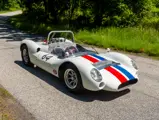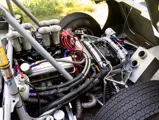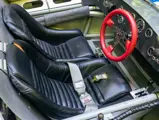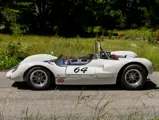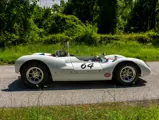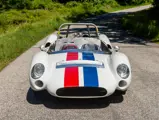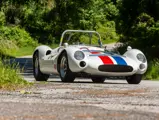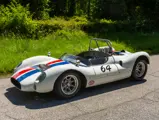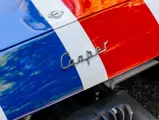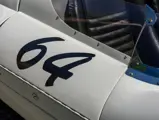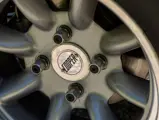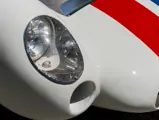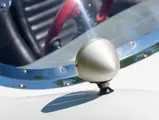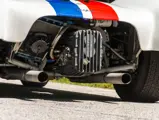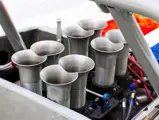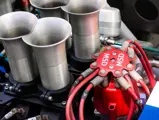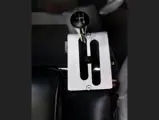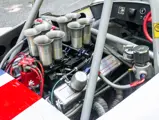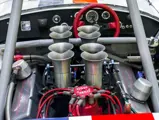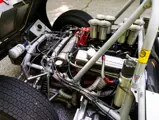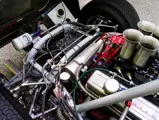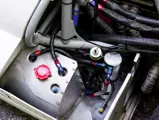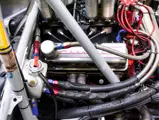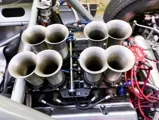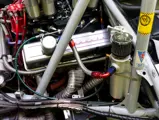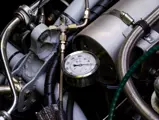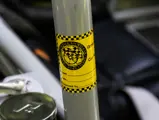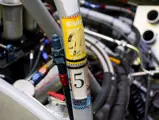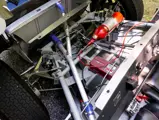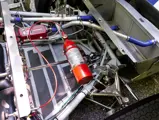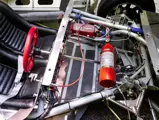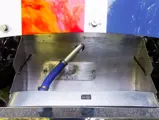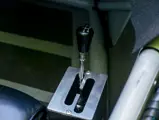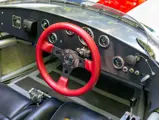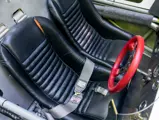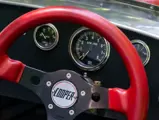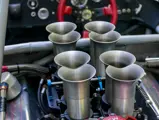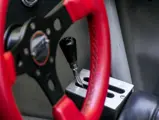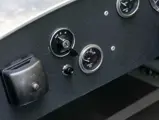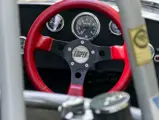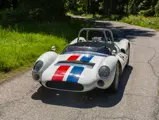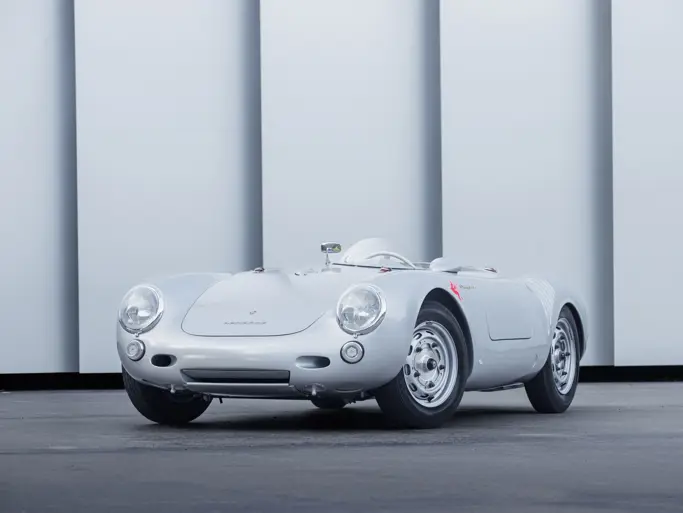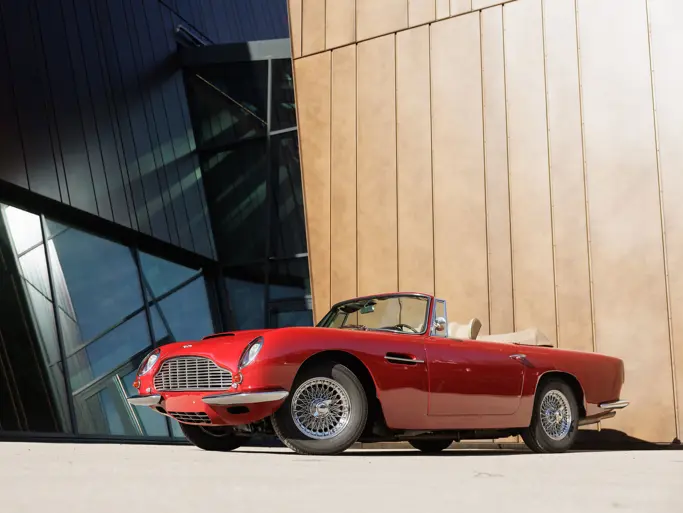SHIFT/Monterey 2020
1964 Cooper Monaco T61M
{{lr.item.text}}
$275,000 - $375,000 USD | Not Sold
 | Bedford Hills, New York
| Bedford Hills, New York
{{internetCurrentBid}}
{{internetTimeLeft}}

- Well-documented, and among the last Monacos built
- Fuel-injected 327 cubic-inch V-8; BMC Huffaker transaxle
- Restored in 2006 and mechanically overhauled in 2018
Late in his life, John Cooper would confess that building race chassis with engines mounted aft of the cockpit was not so much the result of painstaking engineering calculations as it was a packaging necessity for the early chain-driven motorcycle powertrains available shortly after World War II.
The rear-mounted engine configuration would prove revolutionary in short order. The unconventional Cooper racers were known for being tough, durable designs. It took Jack Brabham’s 6th place at the wheel of a Cooper T43 at the 1957 Monaco Grand Prix to confirm perceptions. Early the following year at the Argentine Grand Prix, Sir Stirling Moss outlasted Ferraris and Maseratis to notch three firsts: the first Formula 1 win by a British privateer, the first checkered flag for a Cooper-Climax, and, most importantly, the first victory for a rear-engine race car.
Pundits remained skeptical, even after Maurice Trintignant won the subsequent race around the urban circuit at Monaco. It was not until the 1959 season that the rear-engine’s design proved its mettle by taking Brabham, Moss, and Bruce McLaren to victory and earning Cooper the Constructors’ Formula 1 Championship title in 1959 and again in 1960.
In 1959, Cooper released the Monaco, named for Trintignant’s victory a year prior, and in doing so the company laid the groundwork for what would become the Can-Am series across the Atlantic. The Monaco was Cooper’s first production rear-mid-engine sports-racing model, designed expressly to meet FIA requirements of space for two seats, two doors, and a windscreen, with an advanced space frame covered by outer panels of lightweight aluminum on a 91-inch wheelbase platform. Beneath their swoopy aluminum bodywork, the cars were essentially F1 racers widened as needed continuing the racing successes in sports car form.
Six Monacos were built in 1964 and bound for the U.S., and most of them were earmarked for Carroll Shelby’s operations in Los Angeles where their engine bays were equipped with 289 cubic inches of Ford power and they would become known as King Cobras. Shelby himself foresaw a transition away from front-engine cars like his own Cobra and toward rear-engine racers, and he knew that nobody built a better basis than John Cooper.
Two Cooper Monacos were fitted with Chevy power, one for John Mecom and this one, CM/3/64, for Jack Brewer of Elmira, New York. He then commissioned Evenden of nearby Horseheads, New York, to build a fuel-injected 327 cubic-inch Chevrolet V-8 paired with a four-speed BMC Huffaker transaxle.
Though this Monaco has been continuously raced for more than 55 years, it retains its original chassis and body along with a lengthy paper trail linking it to both Brewer and, of course, the Cooper Works in leafy Surbiton, outside London. After being initially campaigned by Brewer and six subsequent racers (all who are known), the car was never far from being ready to race.
An extensive overhaul in 2006 put the car into its current cosmetic condition. More recently, a 2018 mechanical recommissioning to the tune of approximately $100,000, included rebuilding brakes, suspension, transaxle, replacing the fuel cell and an extensive crack-testing of the car’s suspension. Remarkably, the car has survived with its original aluminum body, chassis, and transaxle intact. A pair of spare removable nose panels can be fitted in place of the stock bodywork for racing to preserve the originals. The car’s 327 cubic-inch Chevy is currently fuel injected.
This Monaco has raced successfully in both SCCA and USRRC competitions, which are documented with the period photographs, articles, and race reports that form the extensive chain of history. Also included with the sale are two spare nose panels, a period 327 Chevy and its original Hillborn injection to ensure that CM/3/64 never misses an opportunity to hit the track as both John Cooper and Jack Brewer intended.

